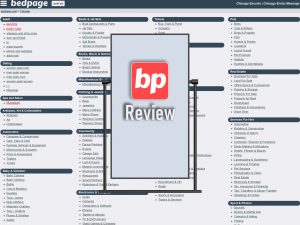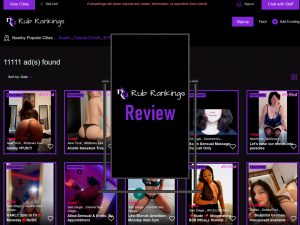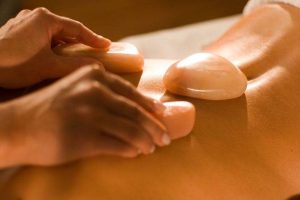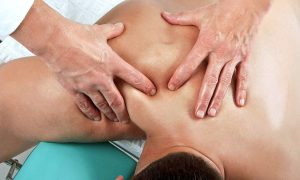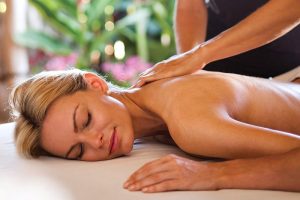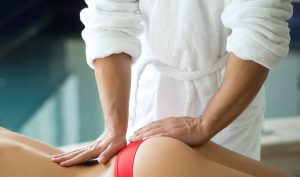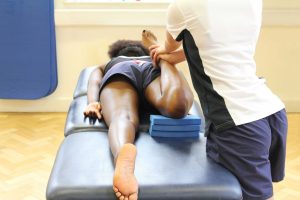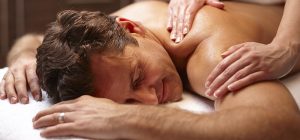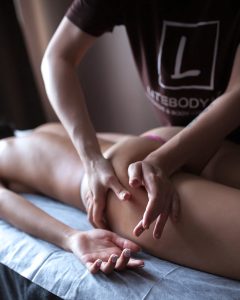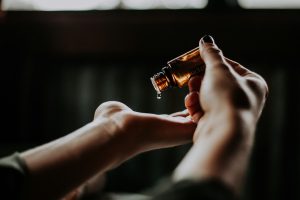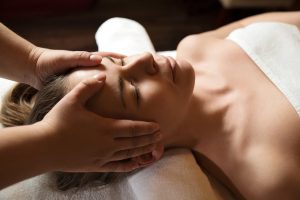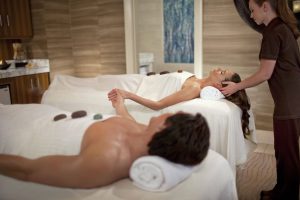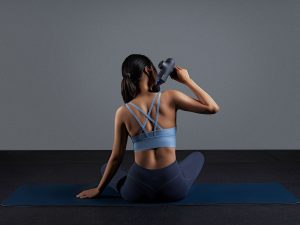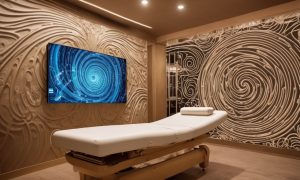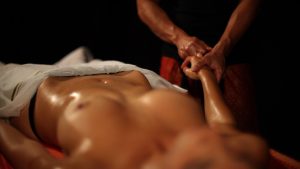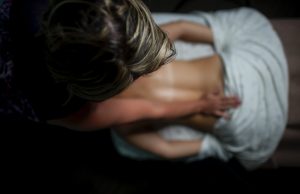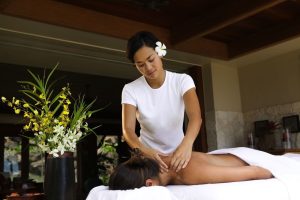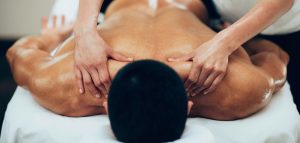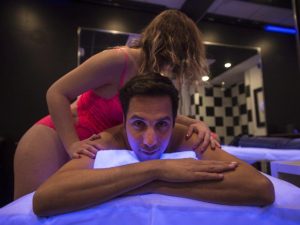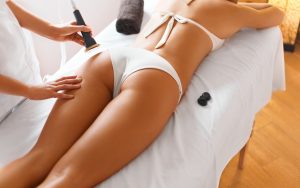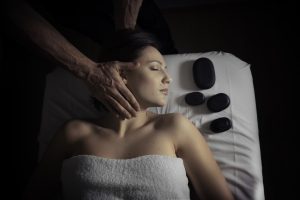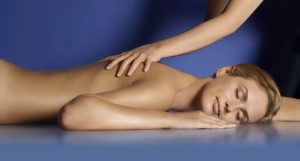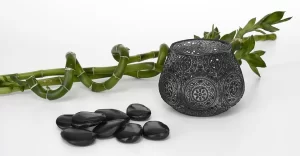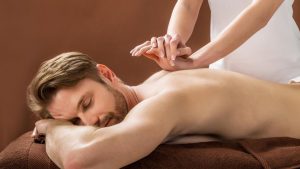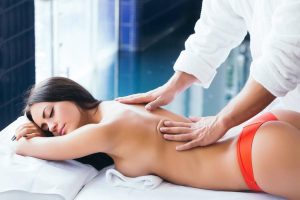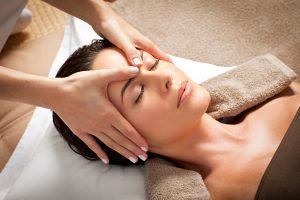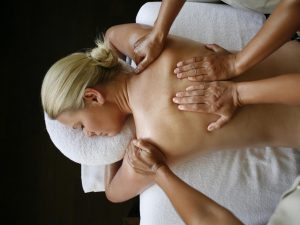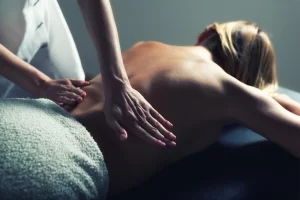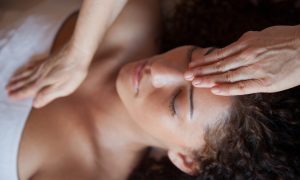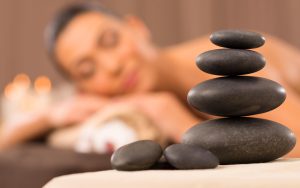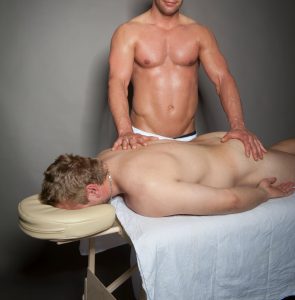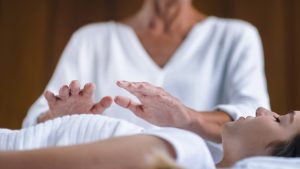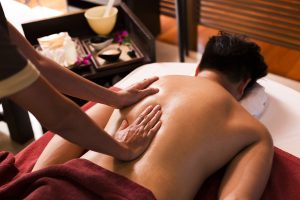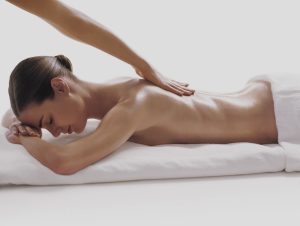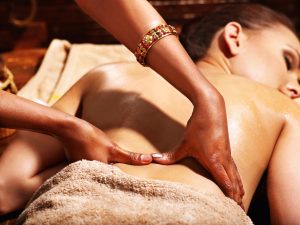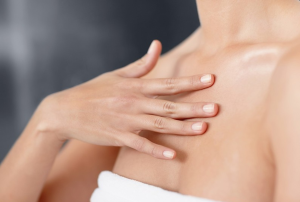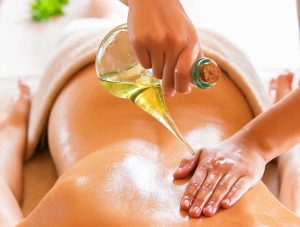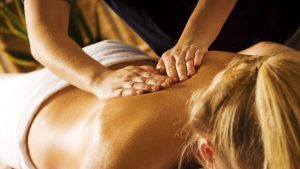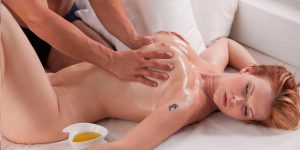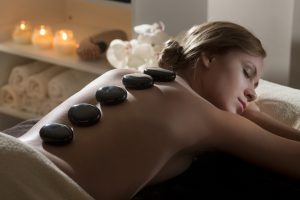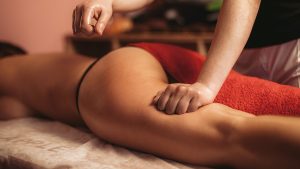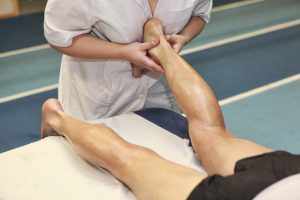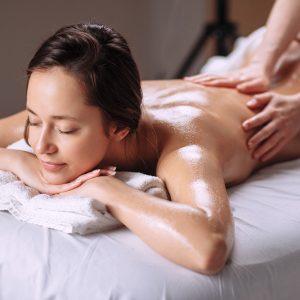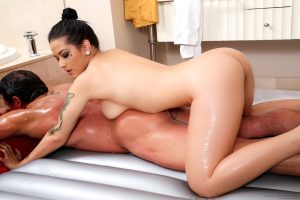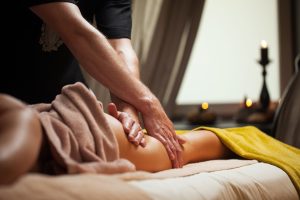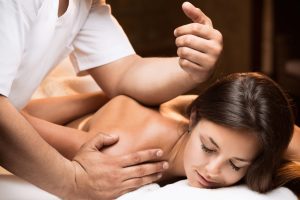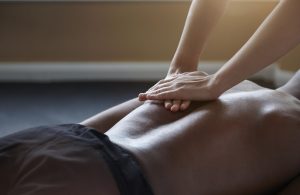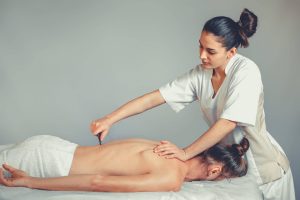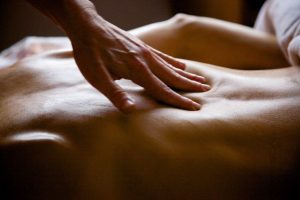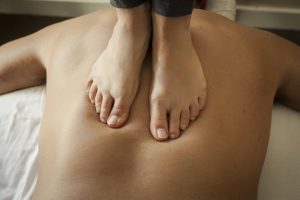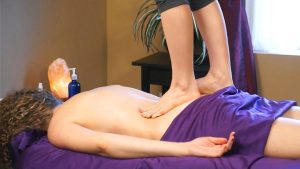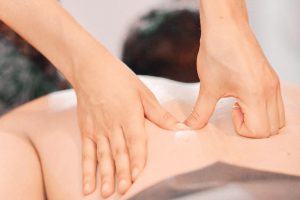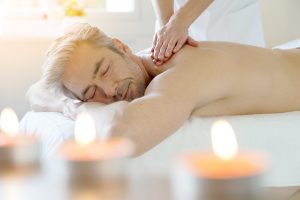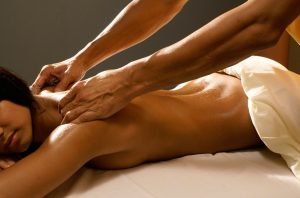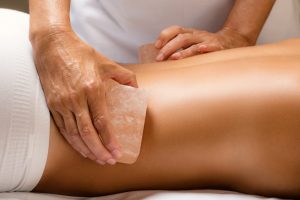Cross-friction massage is an effective tissue manipulation method typically aimed at improving the condition of muscles, tendons, and joints. This unique form of massage provides a range of physiotherapeutic benefits and is successfully applied in medical practice, rehabilitation, and sports medicine.
Features of Cross-Friction Massage


- Deep Manipulations: Targeting deep layers of muscles and tendons allows for effective work on problematic areas.
- Perpendicular Direction: Performing movements across muscle and tendon fibers contributes to better relaxation and tissue smoothing.
- Release of Adhesions: Effective in releasing adhesions and improving joint mobility, particularly crucial in rehabilitation after injuries or surgeries.
- Focus on Specific Issues: The technique allows for precise targeting of specific problematic areas, making it an excellent choice for treating painful points and muscle issues.
- Blood Circulation Improvement: Stimulates blood flow and the lymphatic system, enhancing oxygen delivery and nutrient supply to tissues.
- Work on Tissue Elasticity: Strengthens and improves the elasticity of tissues for injury prevention and joint health maintenance.
- Stimulation of Receptors: Activates receptors in muscles, enhancing sensory perception and helping the body respond better to physical activity.
Application in Medical Practice
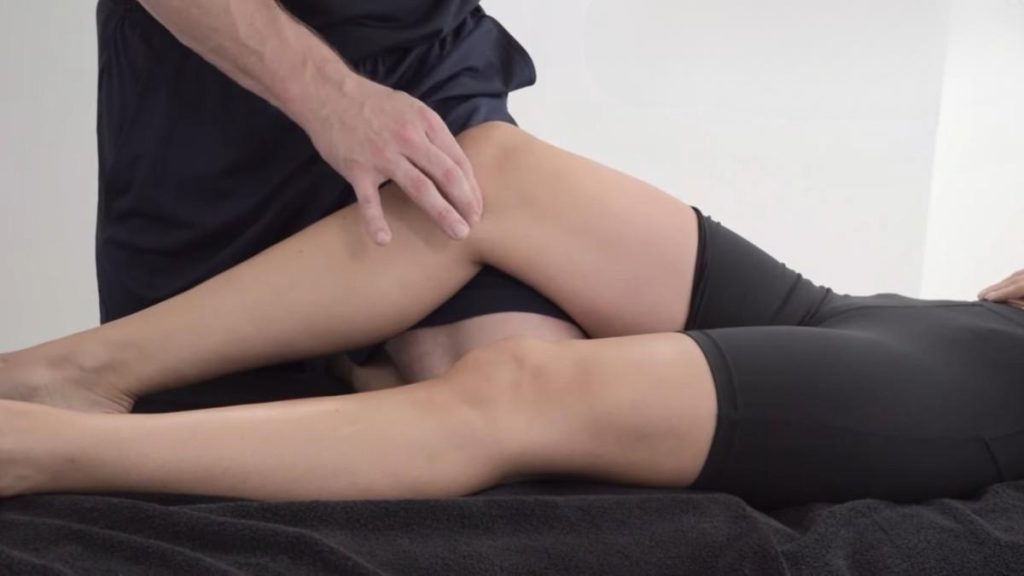

This massage practice is widely used in the medical field as an additional method of treatment and rehabilitation, addressing various aspects of physiotherapy and aiding in various conditions:
- Pain and tension relief.
- Recovery after injuries and surgeries.
- Positive effects on muscles and flexibility.
- Support for chronic conditions like fibromyalgia or osteoarthritis.
- Improvement of joint mobility.
- Reduction of inflammation and swelling, enhancing blood circulation, and accelerating healing processes.
Techniques
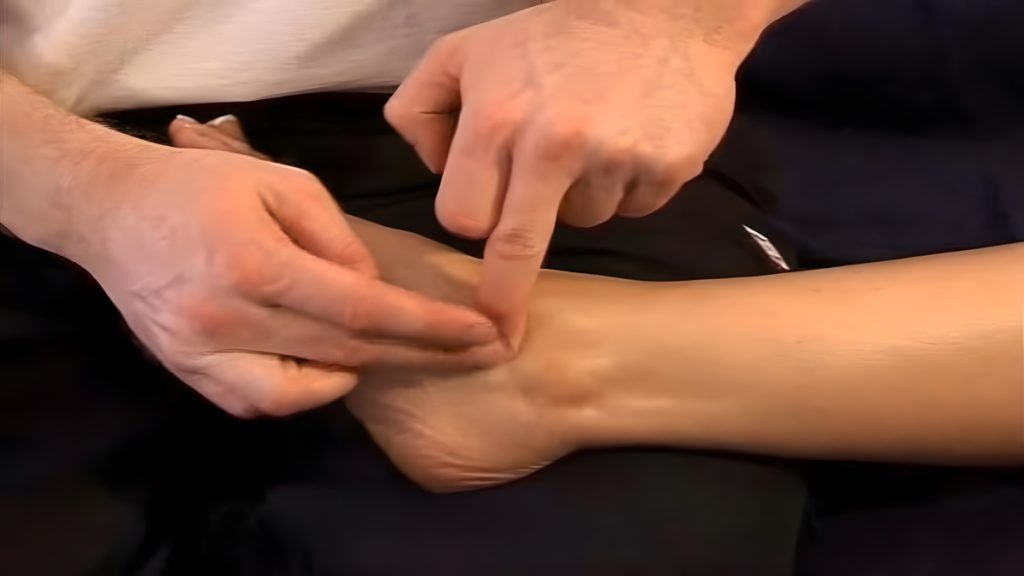

An experienced massage therapist typically employs the following techniques:
- Identifying fiber directions before the session for more effective manipulations.
- Differentiated approaches to various body parts, using more dynamic movements in areas like the neck or back and gentler techniques on the thighs or buttocks.
- Deep manipulations, applying pressure to deep muscle and tendon layers.
- Perpendicular movements ensuring better relaxation and improved tissue elasticity.
- Smooth transitions between different zones, maintaining comfort levels.
- Adaptation to individual needs: The massage therapist considers the patient’s unique features and requirements, adjusting the technique accordingly.
- Monitoring the patient’s reaction, taking comfort into account.
Contraindications and Precautions:
Certain conditions make cross-friction massage undesirable or even contraindicated. These include acute inflammatory processes, cardiovascular diseases, oncological conditions, fractures, pregnancy, thromboses, hematological disorders, and skin issues like open wounds or infections.
Application in Rehabilitation and Sports Medicine
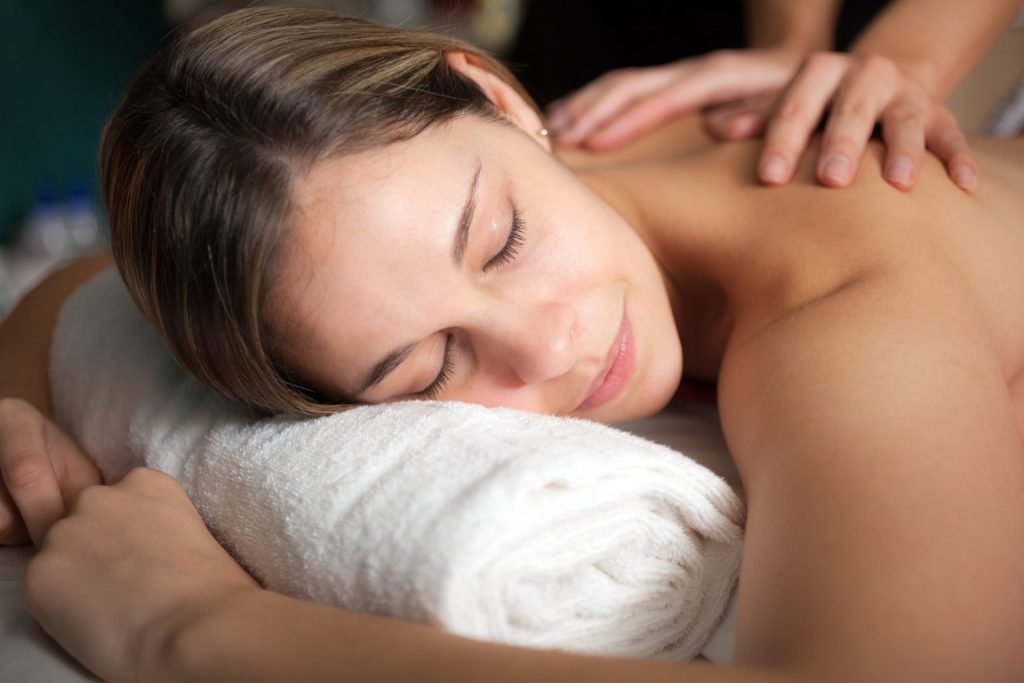

Cross-friction massage plays a crucial role in rehabilitation and sports medicine, effectively impacting muscles, speeding up recovery processes, and preventing re-injuries:
- Acceleration of tissue healing.
- Smoothing of adhesions and scars.
- Prevention of muscle imbalances.
- Enhancement of flexibility and mobility.
- Prevention of recurring injuries.
- Optimization of muscle function.
- Maintenance of psychological well-being.
Questions and Answers:
How often can contour massage be done?
In general, it can be said that contour massage is recommended not more than once a day. This will help to avoid muscle fatigue and allow them to recover. In the case of more intense types of massage, such as plastic massage or hot stone massage, it is recommended to take breaks between sessions. This will help your body to assimilate the results and avoid fatigue.
What are the contraindications for contour massage?
These are diseases or states that are temporary and can improve in the near future. Temporary contraindications include skin diseases, hair, nail diseases of fungal or infectious form, acute inflammation and infectious diseases of the respiratory and urinary tracts, as well as the first several days after recovery from them.

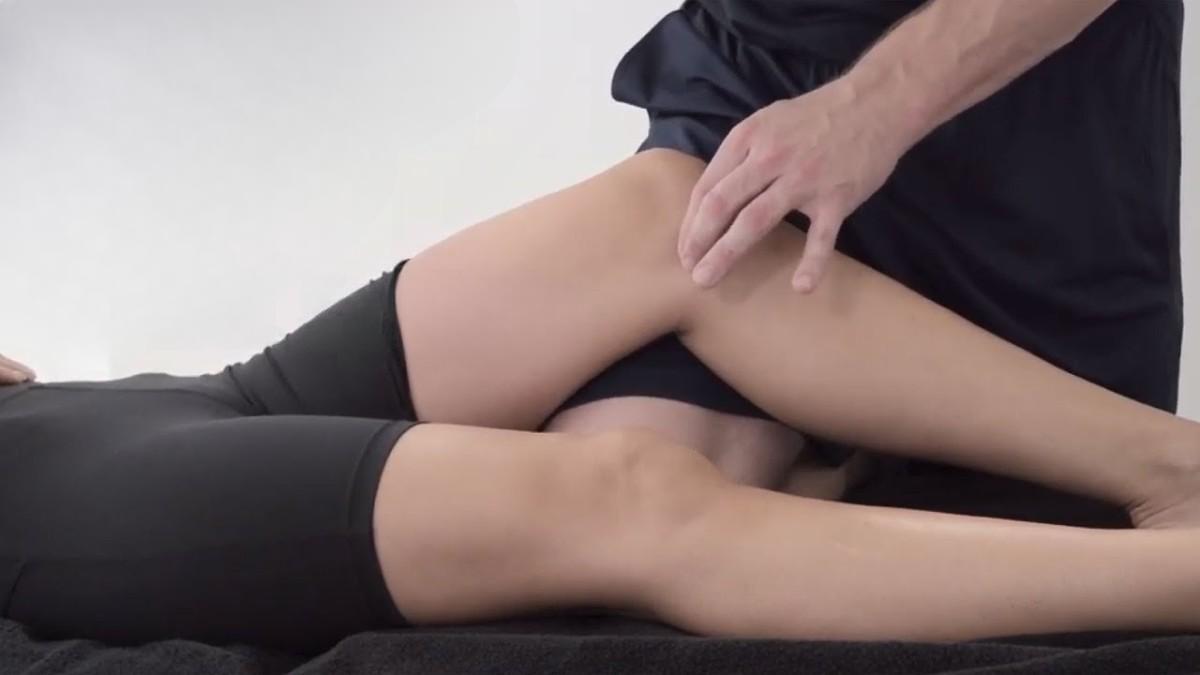










![11 Best Alternatives to Bedpage: Your Ultimate Guide [March 2024]](https://massage.dating/wp-content/uploads/2024/03/Best-Alternatives-to-Bedpage-300x200.jpg)

